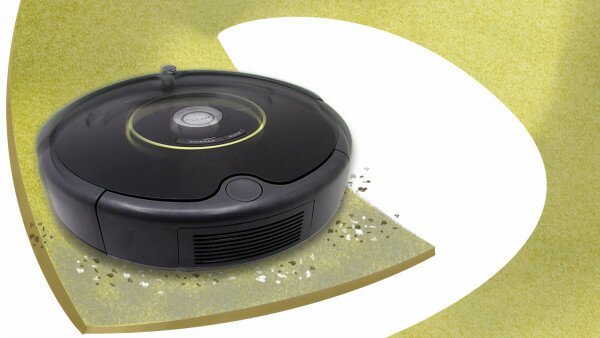House cleaning is time-consuming and weary. In recent years, many robot vacuum cleaners have been introduced to the market. The robot vacuum cleaners are advertised that after activation, they would navigate over the floor and vacuum automatically. Even inaccessible areas, such as underneath of sofas and beds could be vacuumed by the robotic device, according to claims. The Consumer Council, however, tested 10 models of these machines and found that the overall rating for 7 models was merely 2.5 points or even lower (against a maximum score of 5). No devices tested was rated 4 or higher. More than half of the devices tested performed poorly when it came to spot-cleaning or cleaning along walls and corners, and were rated at 1 to 2 points. They may fall short of achieving desired results in these aspects. Consumers are reminded that when purchasing robot vacuum cleaners, in addition to considering performance and price, they should also consider the cost of replacement parts, to avoid under-budget.
The price range of the 10 robot vacuum cleaners tested by the Council, in collaboration with the International Consumer Research & Testing, was between $1,599 and $8,499. All devices were equipped with built-in rechargeable batteries for wireless mobility. When the vacuum cleaner completes any programmed tasks, or its battery is running low, it was claimed that it will automatically return to its docking station to recharge. Although the samples claim to have an effective range from 538 to 2,000 square feet after fully charged, corresponding manufacturers do not specify how those estimates are derived and therefore they should be used for reference only. In fact, the actual coverage would be affected by many factors such as room layout, the complexity of furniture and decorations' placement.
The most important aspect of a vacuum cleaner is in its cleaning performance. The tests were conducted with reference to the International Standard IEC 62929. Each test sample was operated for 5 minutes within a designated area, the actual weight of test dust and bread crumbs collected was measured to assess the relevant capability.
The tests showed that the cleaning performance of the cleaners on ceramic tiles varied. Although 4 of the cleaners scored 4.5 to 5 points, another 4 achieved only between 1 and 2.5 points. In addition, more than half of the models were rated at 2.5 points or below in the spot-cleaning mode (6 samples) as well as on carpeted floors (8 samples). In testing cleaning performance in various environments, most of the models performed relatively poor in removing dust along wall edges and in corners. Except 1 test model, in triangular-like shape, scored 3 points. The remaining 9 models scored only 2.5 points or less. Among them, 5 models scored 1 point only. Consumers should consider the actual home environment and needs before purchasing a robot vacuum cleaner, take note of the placement of furniture if opt to use one.
Advertising claims state that robot vacuum cleaners are able to work around obstacles while cleaning floors. The samples were tested in a simulated living room of approximately 195 square feet. The samples were rated according to the ability to avoid collisions with furniture, cleaning along edges of furniture, and the area covered by their cleaning routes, along with other navigational capabilities. All models were rated at 1 to 3 points. Although 2 models that scored 1 point were able to clean the underneath of sofa, they also gave a slight push to a dining chair and did not clean around the feet of the dining table.
The samples took 1 to 6 hours to re-charge and their operating time varied widely, from 1 to 4.3 hours after fully charged. Among them, 1 model required 6 hours for full charge, but its operating time was only 1.4 hours.
The Consumer Council reminds consumers that when purchasing such appliance, in addition to cleaning performance, they should also take into account the warranty period and charges for the replacement parts. The warranty period on the machines ranges from 1 to 3 years, but the rechargeable batteries of 2 models were not covered by warranty, while the warranty period of the remaining 8 models lasts only 3 months to 1 year. If the batteries were damaged after the expiration of the warranty, the cost of replacement varied from $300 to $1,050.
In addition, consumers should also take into account the cost of replacement filters and the frequency they need to be replaced. Filters are priced from $15 to $250 each. Manufacturers recommend changing filters every 2 months to every 2 years. For instance, one filter at the price of $120 is recommended to be replaced every 2 to 3 months would entail replacement costs up to $720 per year.
The overall scores of all 10 devices sampled were rated only 2 to 3 points. The suction power of robot vacuum cleaners are generally lower than that of conventional models, and the difference in performance is more significant when it came to cleaning floor crevices, wall edges and corners etc. Although they are still helpful in maintaining floor cleanness, their prices, generally, are higher than conventional models. For consumers have high demand on floor cleanliness, they might have to vacuum with the conventional models on top of using the robot vacuum cleaners regularly.
The Consumer Council reserves all its right (including copyright) in respect of CHOICE magazine and Online CHOICE.



